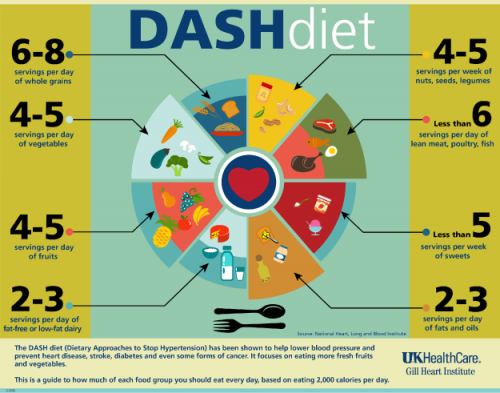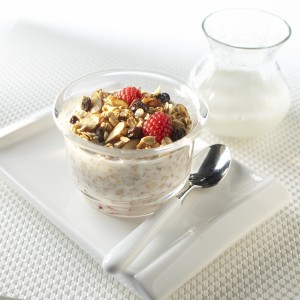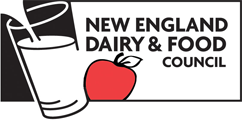This post was written by our former intern Maggie Dagosto who was a dietetic intern graduate from the University of New Hampshire.
Have you heard of the top-rated diet in America? The DASH Diet, or Dietary Approaches to Stop Hypertension, contains no magical superfood or calorie counting, yet it has again been ranked one of the top diets for weight loss and heart disease prevention. Why?

In this post, you will learn:
- How the DASH Diet protects against heart disease.
- Which foods fit into the plan.
- How to pursue the DASH Diet.
Why is the DASH Diet Ranked Number One?
To be top-rated, a diet had to be relatively easy to follow, nutritious, safe, effective for weight loss and protective against diabetes and heart disease. — U.S. News & World Report
The U.S. News & World Report once again ranked the DASH Diet as the #1 diet of the year, although its sharing the spotlight in 2018 with the Mediterranean Diet, which tied for the top spot. This is the 8th consecutive year that the DASH Diet has been ranked best overall diet compared to numerous others, including the Keto Diet, Whole 30, the Raw Food Diet, Paleo, and more. The ranking is based on weight loss outcomes and how easy the diet is to follow. Designed by the National Heart, Lung, and Blood Institute, the DASH Diet helps reduce the number of people that have or are at risk of heart disease.

Currently, 1 in 4 deaths in the United States are contributed to heart disease, making it the country’s leading cause of death for women and men. Research shows that the DASH Diet helps reduce high blood pressure (hypertension) within two weeks of following the regimen, reduces LDL cholesterol (the “bad” kind), and helps promote weight loss.
You may be surprised to hear that the diet is easy to follow, as the eating pattern focuses on what to eat rather than what to avoid.
The DASH Eating Pattern
The key principles of the DASH Diet are the following:
- Eat a wide variety of fruits and vegetables.
- Opt for whole grains.
- Increase intake of beans, legumes, nuts, and seeds.
- Limit saturated fat, alcohol, red meat, and sodium.
- Consume low-fat dairy products (Note that new research has suggested that full-fat dairy could also be part of a healthy lifestyle).
- Be physically active.
What the DASH Diet isn’t is a fad. Radical dietary changes that are typically promoted by celebrities and on social media likely won’t have lasting results because they are challenging to maintain over a long period of time–they’re not sustainable. Health professionals praise the DASH Diet because it involves making small steps towards a healthier lifestyle, which increases the chances of sticking to it, losing weight, and improving heart health.
Helpful Tips and Recipes to Get Started on DASH
Now that you know about the basics of DASH, try incorporating some of these tips into your day:
- Try to limit sodium to 1,500 milligrams (less than a teaspoon) per day. Keep in mind that restaurant meals and processed foods account for upwards of 70-percent of the average American’s sodium intake.
- Flavor foods with herbs such as parsley or basil rather than high-sodium blends. Tip: Look for salt-free seasonings in the spice aisle, or try using fresh herbs from your garden or grocery store.
- Experiment with using vegetable oils, like olive or canola.
- If you read the Daily Value percentages listed within the Nutrition Facts Label, follow the simple 5-20 rule.
- Keep red meat to 3-ounce portions (the size of a deck of cards or you palm).
Try these DASH-ready recipes:
- Morning Muesli
- No Bake Fruit Pizza (video included!)
- Toast with Yogurt and Smoked Salmon
For more information, check out the National Health, Lung, and Blood Institute’s resource.
Updated December 31, 2018.

